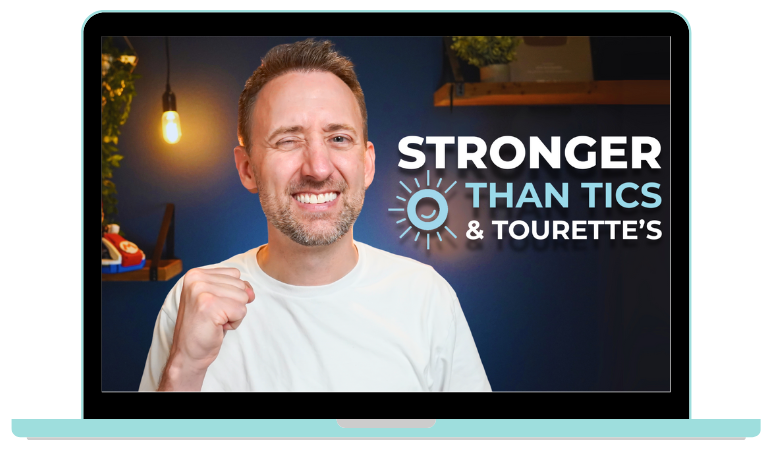Managing Harm OCD: Steps to Reclaim Your Peace of Mind
Jan 26, 2025
Harm OCD is a type of obsessive-compulsive disorder (OCD) that involves intrusive thoughts about causing harm to oneself or others. These thoughts can be distressing and unsettling, leaving those affected doubting their intentions and moral character. Despite the fear and discomfort these thoughts bring, it’s important to understand that having such thoughts does not mean a person will act on them. Let’s delve into the symptoms of Harm OCD and explore ways to manage it effectively.
What is Harm OCD?
Harm OCD is a subset of OCD that centers around fears of harm. Individuals with this condition experience intrusive and unwanted thoughts about causing physical, emotional, or psychological harm to others or themselves. These thoughts are not reflective of the person’s true desires but rather are a result of the obsessive-compulsive cycle.
For example, someone might worry about accidentally pushing someone into traffic or fear they might lose control and harm a loved one. These fears often contradict the person’s values and personality, making them more distressing.
Common Symptoms of Harm OCD
Harm OCD can manifest in various ways, often revolving around intrusive thoughts and compulsive behaviors. Here are some common symptoms:
-
Intrusive Thoughts
Individuals may experience persistent and disturbing thoughts about causing harm. These thoughts can range from vague fears to highly specific scenarios, and they are usually unwanted and anxiety-inducing. -
Avoidance Behaviors
To reduce anxiety, people with Harm OCD may avoid certain places, objects, or situations that they associate with potential harm. For instance, someone might avoid the kitchen to stay away from knives or refuse to drive for fear of causing an accident. -
Excessive Reassurance Seeking
Many individuals repeatedly seek reassurance from others to confirm they are not a danger. This might involve asking loved ones if they seem safe to be around or if their actions appear normal. -
Compulsive Checking
Compulsions often take the form of repetitive checking behaviors. For example, a person might repeatedly check to ensure doors are locked, gas stoves are off, or that they haven’t accidentally harmed someone. -
Self-Doubt and Guilt
People with Harm OCD may constantly question their own morality and intentions, often feeling overwhelming guilt and shame for thoughts they cannot control.
The Impact of Harm OCD on Daily Life
Harm OCD can significantly interfere with daily routines, relationships, and emotional well-being. Avoiding certain situations or activities out of fear can limit social interactions and reduce quality of life. Constantly seeking reassurance or engaging in compulsive behaviors can be time-consuming and mentally exhausting.
It’s also common for individuals to feel isolated or misunderstood, as they may hesitate to share their thoughts out of fear of judgment.
Ways to Cope with Harm OCD
Managing Harm OCD is possible with the right strategies and support. Here are some effective ways to cope:
-
Seek Professional Help
Cognitive-behavioral therapy (CBT), particularly exposure and response prevention (ERP), is one of the most effective treatments for Harm OCD. A therapist can help individuals confront their fears and reduce compulsive behaviors in a controlled and supportive environment. -
Challenge Intrusive Thoughts
Understanding that intrusive thoughts are not reflective of one’s true self is crucial. Recognizing them as part of OCD can help reduce their emotional impact. -
Practice Mindfulness
Mindfulness techniques can help individuals stay grounded and reduce anxiety. Practices like meditation and deep breathing exercises can increase awareness and provide a sense of control over one’s thoughts. -
Build a Support System
Talking to trusted friends, family, or support groups can provide relief and understanding. Sharing experiences can help combat feelings of isolation. -
Limit Reassurance-Seeking
While it may feel comforting in the short term, excessive reassurance-seeking can reinforce obsessive behaviors. Learning to tolerate uncertainty is an essential step toward managing OCD.
Final Thoughts
Harm OCD can be distressing, but it’s important to remember that these thoughts are not a reflection of character or intent. With professional help, coping strategies, and a strong support network, individuals can manage the symptoms and lead fulfilling lives. If you or someone you know struggles with Harm OCD, reaching out to a mental health professional can be a powerful first step toward recovery.
















